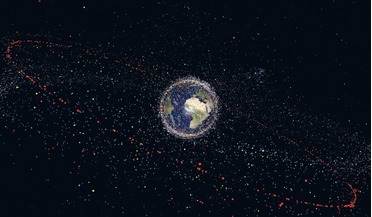 May 2019
Active debris removal faces legal minefield
May 2019
Active debris removal faces legal minefield
... have acquiesced to it”. Therefore, the same principle of prior knowledge could apply to tacit consent in the context of these in-orbit operations. ESA is planning the world’s first ever active debris removal mission, eDeorbit. Its goal is to capture...
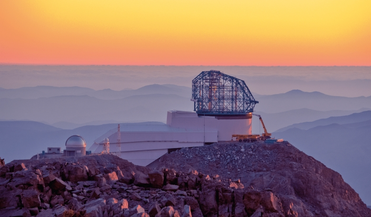 April 2020
Satellite mega-constellations pose threat to ground-based astronomy
April 2020
Satellite mega-constellations pose threat to ground-based astronomy
...worldwide Internet access are completed. As David Galadí-Enríquez explains, the intensive use of low Earth orbit by these new satellite networks is already proving detrimental - whether from an aesthetic, cultural or scientific point of view - to our...
 April 2020
European spaceports compete for recognition and business
April 2020
European spaceports compete for recognition and business
.... And the Polish space sector seems to be busy with organisational and budget planning rather than sub-orbital spaceport considerations. Evaluating European spaceport options reveals that, surfing on the wave of excitement induced by US private space...
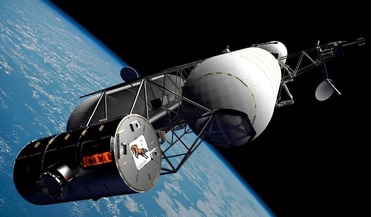 August 2020
Scorpion – a study of the possible
August 2020
Scorpion – a study of the possible
...improvement in satellite technology. But this new satellite technology is obliged to work within the limitations of a launch and in-orbit infrastructure that has not fundamentally changed since the early 1970s. Mark Hempsell’s Scorpion study suggests...
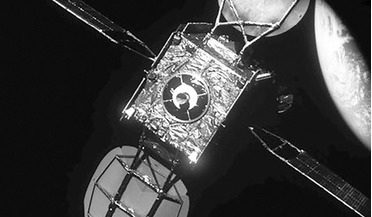 April 2021
Satellite servicing comes of age
April 2021
Satellite servicing comes of age
...’ Liquid Apogee Engines (LAEs), a rocket used only at the beginning of a GEO satellite’s lifetime to place it in its final orbit. By utilising this near-universal feature, MEV-1 is able to dock with almost 80 percent of GEO satellites, even though...
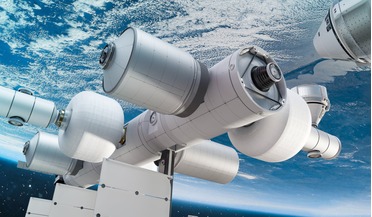 26 October 2021
Blue Origin and Sierra Space announce development of a commercial space station
26 October 2021
Blue Origin and Sierra Space announce development of a commercial space station
...-class services and amenities that is inspiring, practical, and safe. As the premier commercial destination in low Earth orbit, Orbital Reef will provide the essential infrastructure needed to scale economic activity and open new markets in space...